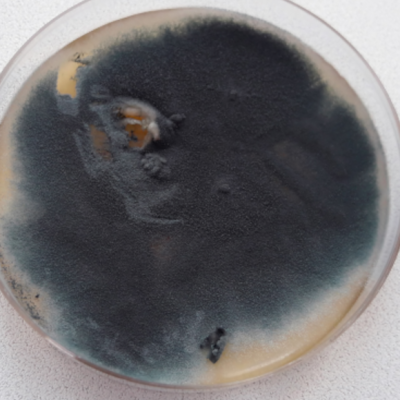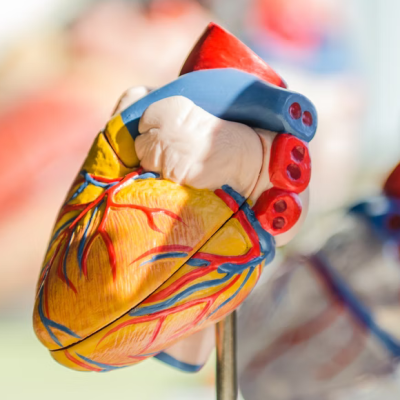A breakthrough discovery has been made in the search for a cure for Tourette Syndrome, a neuropsychiatric disorder characterized by sudden muscle twitches and obscene outbursts. It is estimated that one in every hundred people suffer from this condition, which has no known cure. However, the discovery of four risk genes is seen as a significant step towards developing better treatment options. The study, conducted by researchers at the University of California in San Francisco, analyzed the DNA of 484 children with Tourette Syndrome and their healthy parents to identify specific gene mutations responsible for the disorder.
Tourette Syndrome is a neurological disorder that causes involuntary tics, sudden movements, and compulsive vocalizations. The condition is believed to be caused by a disruption in the basal ganglia, a region of the brain that controls movement. Despite the prevalence of the disorder, there are currently no effective treatments available. However, the recent discovery of four risk genes associated with Tourette Syndrome has given hope to patients and their families.
The study, which focused on identifying de novo gene variants, found that children with Tourette Syndrome had approximately 400 abnormal gene mutations. Further analysis revealed that four genes were responsible for a large portion of these mutations. The researchers found that if the gene WWC1, which is involved in brain development, memory, and the brain’s response to estrogen, is disrupted, the risk of developing Tourette Syndrome is 90%. For the other three genes involved in brain development, the risk is 70%. The researchers estimate that spontaneous mutations in these genes could be responsible for up to 12% of Tourette Syndrome cases.
While the search for a cure is still in its early stages, the discovery of these risk genes is a significant step towards understanding the disorder and developing more effective treatments. Patients and their families can now have hope that a cure for Tourette Syndrome may be within reach.










